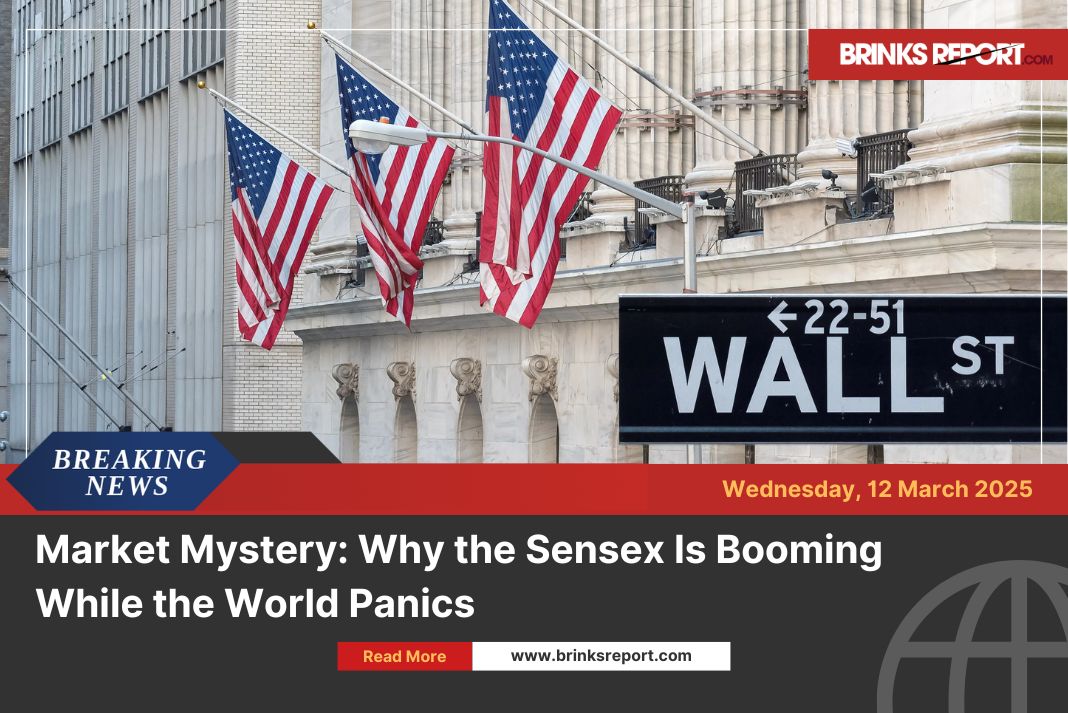
China’s yuan weakened slightly against the U.S. dollar on Wednesday. The drop came after the People’s Bank of China (PBoC) set a weaker midpoint fixing for the currency. Meanwhile, the U.S. dollar held steady, boosted by easing trade tensions and strong economic data.
Before markets opened, the PBoC set the yuan’s midpoint rate at 7.1894 per dollar. This was 18 pips weaker than the previous level.

The midpoint fixing acts as a reference point around which the yuan can trade up or down by up to 2%. For two days in a row, the PBoC set a weaker-than-expected midpoint, signaling a slowdown in the yuan’s recent rise.
What does this mean for everyday people? Simply put, a weaker yuan can make Chinese goods cheaper abroad. That might help China’s exporters but could raise the cost of imported goods at home. For U.S. consumers and businesses, a stronger dollar means Chinese imports might become slightly cheaper, but American exports to China may face tougher competition.
Also Read Indian Bonds Break Key Level: Is a Big Rate Cut Closer Than You Think?
Ken Cheung, chief Asian FX strategist at Mizuho Bank, noted that the central bank seems to be phasing out its one-way support for the yuan’s rise. “Notably, the offshore and onshore yuan spread has turned negative since May 23, showing a mild trend for the yuan to appreciate,” he added.
On Wednesday, by 03:22 GMT, the yuan traded at 7.1985 to the dollar, down 0.04% after moving between 7.1910 and 7.2033.
The offshore yuan, traded outside mainland China, dropped about 0.06% to 7.1961 per dollar. The official guidance allows the yuan to fall as low as 7.3332 on that day.
Meanwhile, the Hong Kong dollar also weakened, dropping past 7.84 per U.S. dollar for the first time since September 2023. The broader strength of the U.S. dollar was reflected in its six-currency index rising 0.3% to 99.79, driven by positive U.S. economic data and improving trade relations.
For those who follow currency markets, these small moves hint at bigger trends.
The PBoC’s easing of fixing suggests it may be ready to let the yuan move more freely, rather than holding it up artificially. That’s a big deal for traders and businesses watching the China-U.S. economic tug of war.
Also Read China’s Yuan Slips as PBOC Reinforces Currency Stability with Guidance Fix












